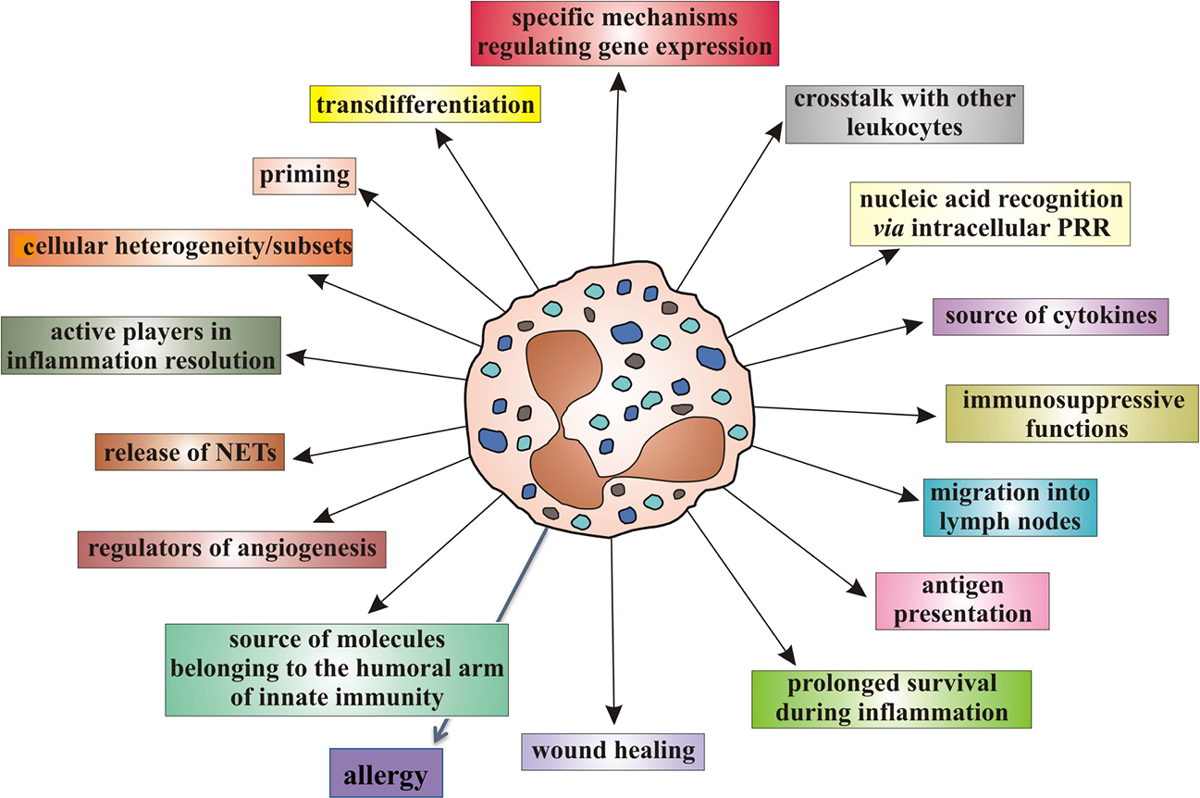Chiropractic As Spine Care: A Model For The Profession
SOURCE: Chiropractic & Osteopathy 2005 (Jul 6); 13: 9 ~ FULL TEXT
Craig F Nelson, Dana J Lawrence, John J Triano,
Gert Bronfort, Stephen M Perle, R Douglas Metz,
Kurt Hegetschweiler, and Thomas LaBrot
American Specialty Health, and
Palmer Centre for Chiropractic Research,
Palmer College of Chisopractic,
1000 Brady Street
Davenport, IA 52803, USA
BACKGROUND: More than 100 years after its inception the chiropractic profession has failed to define itself in a way that is understandable, credible and scientifically coherent. This failure has prevented the profession from establishing its cultural authority over any specific domain of health care.
OBJECTIVE: To present a model for the chiropractic profession to establish cultural authority and increase market share of the public seeking chiropractic care.
DISCUSSION: The continued failure by the chiropractic profession to remedy this state of affairs will pose a distinct threat to the future viability of the profession. Three specific characteristics of the profession are identified as impediments to the creation of a credible definition of chiropractic: Departures from accepted standards of professional ethics; reliance upon obsolete principles of chiropractic philosophy; and the promotion of chiropractors as primary care providers. A chiropractic professional identity should be based on spinal care as the defining clinical purpose of chiropractic, chiropractic as an integrated part of the healthcare mainstream, the rigorous implementation of accepted standards of professional ethics, chiropractors as portal-of-entry providers, the acceptance and promotion of evidence-based health care, and a conservative clinical approach.
CONCLUSION: This paper presents the spine care model as a means of developing chiropractic cultural authority and relevancy. The model is based on principles that would help integrate chiropractic care into the mainstream delivery system while still retaining self-identity for the profession.
From the FULL TEXT Article:
Background
It is always fashionable to speak of an issue or controversy as reaching a “crisis point,” or of an organization or profession reaching a “crossroads” in its development. However such exhortations are often merely hyperbole. At the risk of committing this offense, we believe that the chiropractic profession today faces an exceptionally difficult set of challenges and, yes, a crisis. The nature of this crisis is the profession’s continued inability to define itself. The chiropractic profession, more than 100 years after its founding, does not project a definition of itself that is consistent, coherent or defensible. The healthcare system is increasingly intolerant of such ambiguity and uncertainty; an intolerance which will only intensify in the future.
The primary purpose of this paper is to offer a coherent and defensible professional identity. We argue that chiropractic’s identity is as a provider of spine care. We argue further that such a model is consistent with the best available scientific evidence, is consistent with the current public perception, provides benefit to both the profession and the public, and is capable of gaining for the profession the cultural authority it now lacks.
Read the rest of this Full Text article now!





Leave A Comment